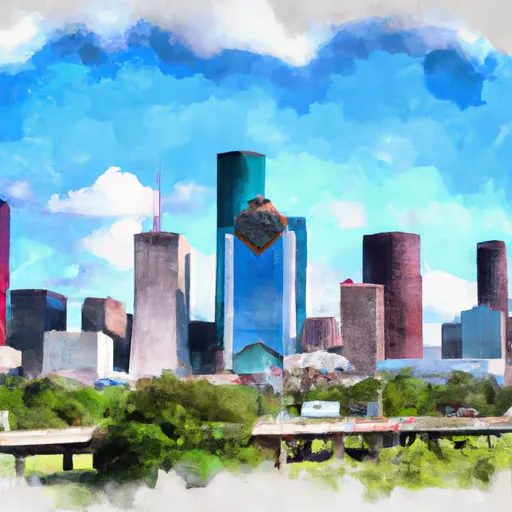°F
°F
mph
Windspeed
%
Humidity











Houston is a charming city in Chickasaw County, Mississippi. Known for its pleasant climate and abundance of outdoor recreation opportunities, Houston offers a delightful experience for residents and visitors alike. The city enjoys a humid subtropical climate, with hot summers and mild winters. Average temperatures range from the mid-80s°F (30°C) in summer to the mid-40s°F (7°C) in winter, providing comfortable conditions for outdoor activities throughout the year.
Hydrologically, Houston is surrounded by the beautiful Okatibbee Lake and the Tombigbee River, offering a variety of aquatic adventures. Fishing enthusiasts can enjoy casting their lines for bass, catfish, and crappie, while boating and water skiing are popular pastimes on the lake. Additionally, the nearby Natchez Trace Parkway provides access to scenic trails for hiking and biking.
Outdoor recreation opportunities in Houston extend beyond water activities. The city boasts several parks and recreational areas, such as Joe Brigance Memorial Park, which offers facilities for picnicking, sports, and leisurely walks. Tanglefoot Trail, a scenic rail-trail, provides a 43-mile path for walking, jogging, or cycling through picturesque countryside.
Overall, Houston, Mississippi offers a favorable climate, beautiful hydrology constituents, and a wide range of outdoor recreation opportunities, making it an ideal destination for nature lovers and adventure seekers.
Weather Forecast
Houston receives approximately 1459mm of rain per year, with humidity levels near 79% and air temperatures averaging around 16°C. Houston has a plant hardyness factor of 7, meaning plants and agriculture in this region tend to thrive during the non-winter months.
Regional Streamflow Levels
6,680
Cubic Feet Per Second
17,600
Cubic Feet Per Second
2,950
Cubic Feet Per Second
674
Cubic Feet Per Second
Nearby Camping
| Camping Area | Reservations | Toilets | Showers |
|---|---|---|---|
| Flint Creek Waterpark | |||
| Airey Lake | |||
| Big Biloxi Rec Area | |||
| Gulf Marine State Park | |||
| Shields RV Military - Gulfport NCB | |||
| Cypress Creek Landing |



